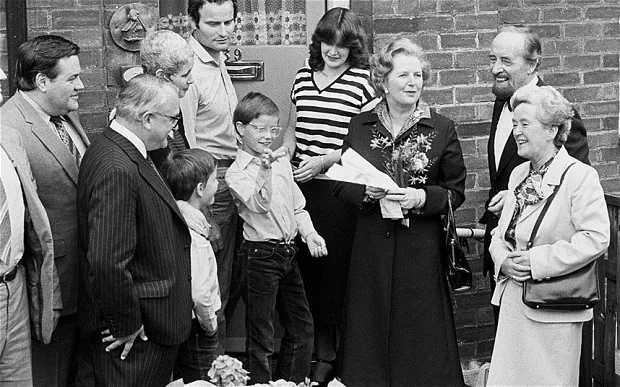A key point that gets missed in some of the cruder takes on the "Red Wall". Tory success here may owe less to a new electoral phenomenon than an old one: the "property-owning democracy"; but one that& #39;s spread unevenly between generations & doesn& #39;t map neatly onto class lines. 1/5 https://twitter.com/Mikepeeljourno/status/1389855687291936769">https://twitter.com/Mikepeelj...
2. The idea of a "property-owning democracy" was coined by a Conservative MP, Noel Skelton, in 1923. It recognised that home-ownership was likely to have a fundamental effect on voting behaviour & political values. The same idea inspired the sale of council houses in the 1980s.
3. Yet the spread of home-ownership has taken a peculiar shape. Today, more than half of all UK home-owners are over 55. Ownership rates are lower in affluent cities than in poorer towns. We shouldn& #39;t be surprised that this is bending party alignment into very new shapes.
4. In the long term, that poses challenges to both parties - and suggests that the politics of inheritance is going to become increasingly fraught. But in the short-term, it& #39;s likely to mean more electoral pain for Labour, with no quick fix in sight for a longer, structural issue
5. There& #39;s a good overview of the "property-owning democracy" here, by its leading historian, @DrMJFrancis. https://www.democraticaudit.com/2017/07/26/who-invented-the-british-dream-of-a-property-owning-democracy/">https://www.democraticaudit.com/2017/07/2...

 Read on Twitter
Read on Twitter


